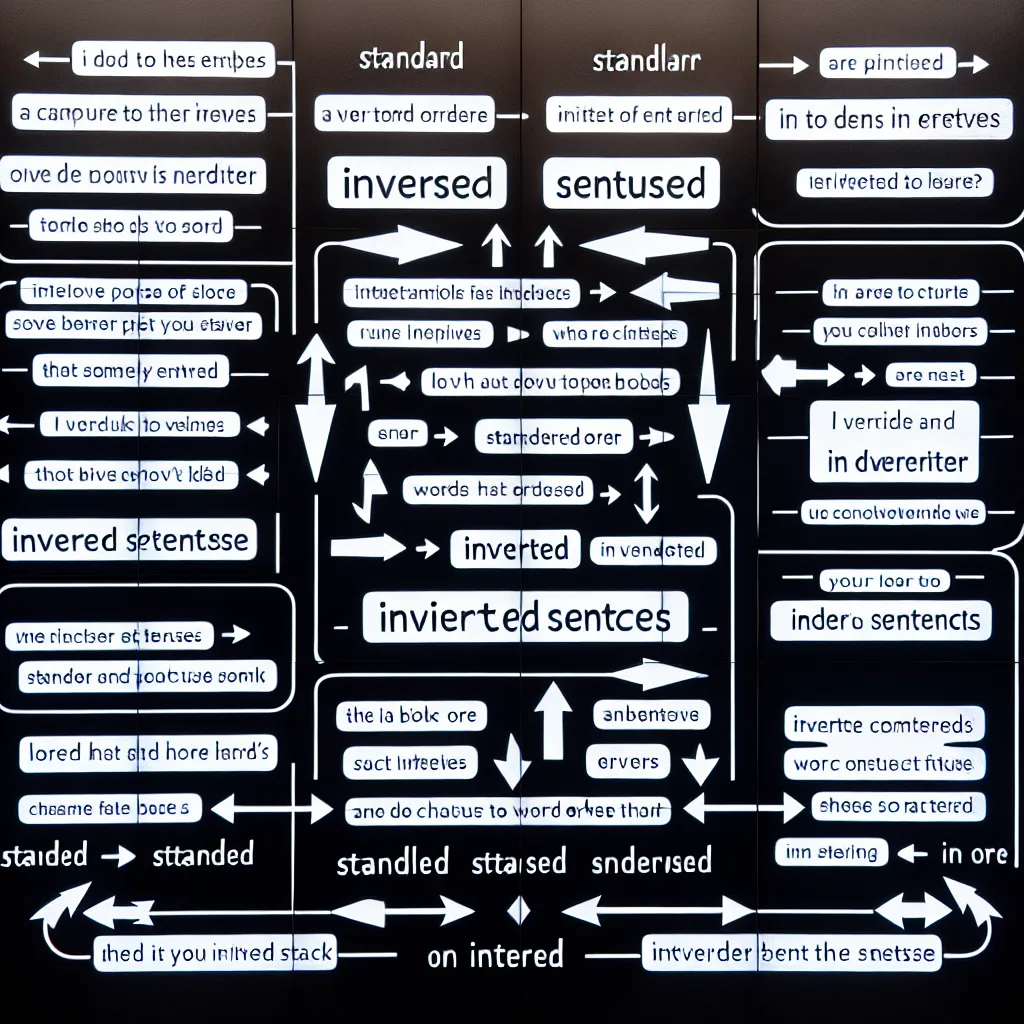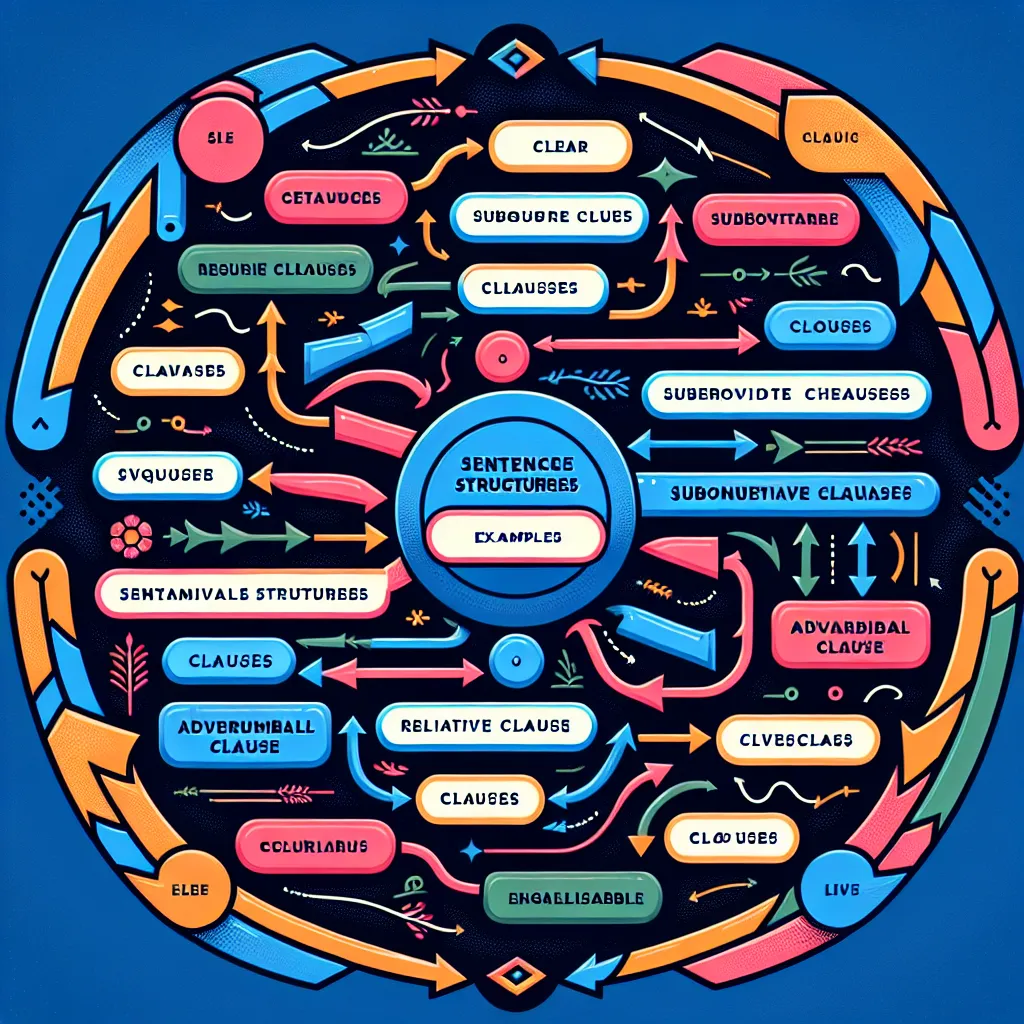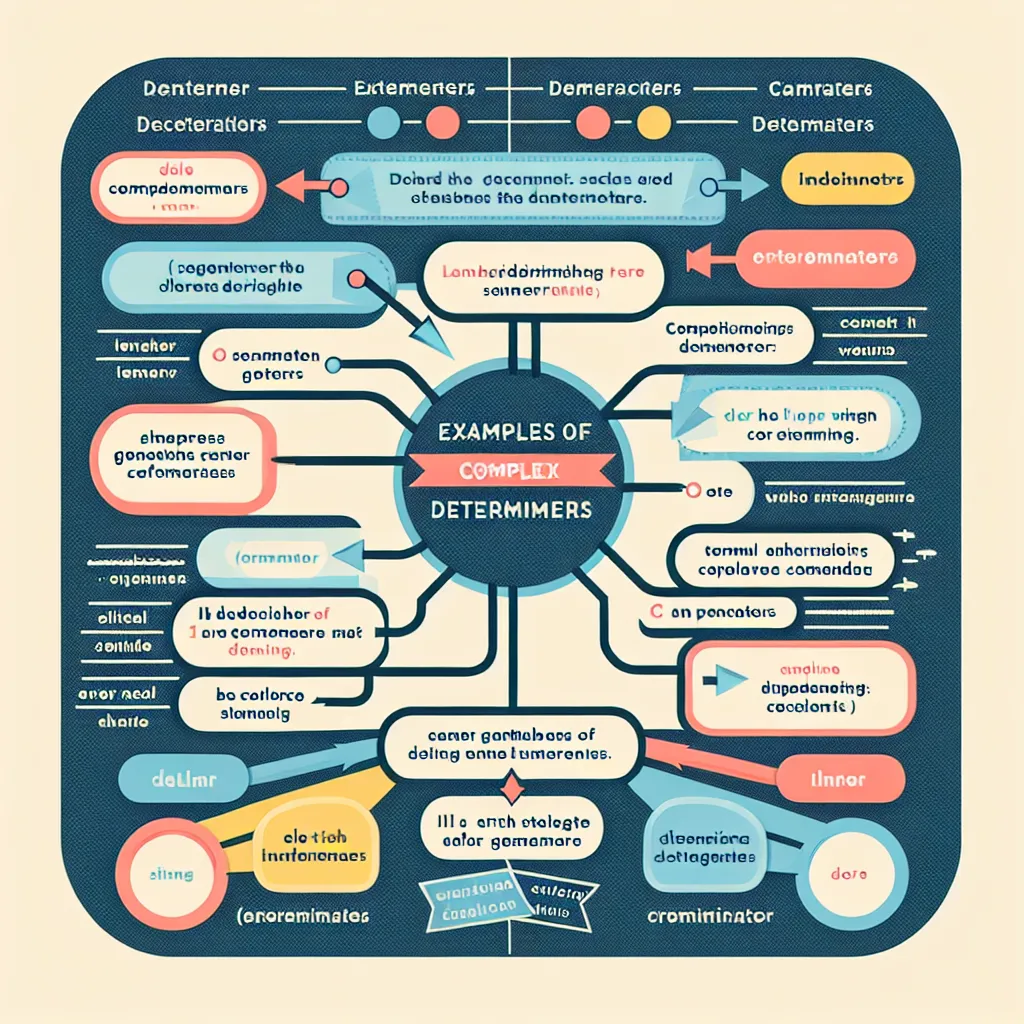Inversion in English is a powerful tool that can add emphasis, formality, and variety to your writing and speech. This advanced grammatical technique involves changing the typical subject-verb word order to create a more dramatic effect or to express a particular meaning. In this guide, we’ll explore How To Use Inversion In Sentences effectively, providing you with clear explanations, examples, and practice tips.
Understanding Inversion in English
Inversion is a stylistic device where the normal word order of a sentence is reversed, typically for emphasis or in certain grammatical constructions. It’s an essential skill for advanced English learners, particularly those preparing for exams like IELTS or aiming to enhance their writing skills.
Why Inversion Matters
Mastering inversion can significantly improve your English proficiency by:
- Adding sophistication to your language use
- Helping you score higher in English proficiency tests
- Enhancing your ability to express emphasis and contrast
- Improving your understanding of complex English sentence structures
 Inversion Examples in English
Inversion Examples in English
Types of Inversion and How to Use Them
1. Negative Adverbials
When a sentence begins with a negative or restrictive adverb, we use inversion.
Examples:
- Never have I seen such a beautiful sunset. (Instead of: I have never seen…)
- Rarely does he visit his hometown. (Instead of: He rarely visits…)
- Not only did she win the race, but she also broke the record.
Practice Tip: Start with simple sentences and gradually incorporate more complex negative adverbials like “seldom,” “hardly,” and “in no way.”
2. After Certain Adverbs or Adverbial Phrases
Some adverbs or adverbial phrases trigger inversion when placed at the beginning of a sentence.
Examples:
- Here comes the bus. (Instead of: The bus comes here.)
- There goes our last chance. (Instead of: Our last chance goes there.)
- Only then did I realize my mistake. (Instead of: I only realized my mistake then.)
Practice Tip: Create a list of common adverbs that cause inversion (e.g., here, there, now, then) and practice using them at the beginning of sentences.
3. Conditional Sentences Without ‘If’
In conditional sentences, we can omit ‘if’ and use inversion to create a more formal tone.
Examples:
- Had I known earlier, I would have helped. (Instead of: If I had known earlier…)
- Should you need any assistance, please don’t hesitate to ask. (Instead of: If you should need…)
- Were I in your position, I would accept the offer. (Instead of: If I were in your position…)
Practice Tip: Take standard conditional sentences and try rewriting them using inversion. This will help you internalize the structure.
For more on this specific type of inversion, check out our detailed guide on how to use inversion in conditional sentences.
4. After Certain Expressions
Some expressions, especially those expressing comparison or emphasis, can trigger inversion.
Examples:
- So excited was she that she couldn’t sleep. (Instead of: She was so excited that…)
- Such was his influence that everyone followed his lead. (Instead of: His influence was such that…)
- Little did he know about the surprise party. (Instead of: He knew little about…)
Practice Tip: Familiarize yourself with expressions like “so + adjective,” “such + be,” and “little” that often lead to inversion.
Common Mistakes and How to Avoid Them
-
Forgetting to use auxiliary verbs: In most cases of inversion, an auxiliary verb is necessary. For example, “Never I saw” is incorrect; it should be “Never did I see.”
-
Overusing inversion: While inversion can add flair to your writing, overuse can make your text feel unnatural. Use it sparingly for emphasis.
-
Incorrect verb forms: Be careful with verb tenses when using inversion. For instance, “Had I known” is correct for past perfect, not “Had I knew.”
-
Misplacing adverbs: In inverted sentences, adverbs usually come after the auxiliary verb but before the main verb. For example, “Rarely have I ever seen” is correct, not “Rarely I have ever seen.”
To deepen your understanding of complex sentence structures, you might find our article on how to use advanced syntactic structures helpful.
Practice Exercises for Mastering Inversion
-
Sentence Transformation: Take regular sentences and practice inverting them. Start with simple structures and gradually move to more complex ones.
-
Gap-fill Exercises: Create or find exercises where you need to fill in the correct inverted structure.
-
Writing Practice: Incorporate inverted sentences into your essays or creative writing. This will help you use inversion naturally in context.
-
Reading and Identification: When reading advanced English texts, try to identify inverted structures and analyze how they’re used for effect.
-
Speaking Practice: Use inversion in your spoken English, perhaps during presentations or debates, to make your speech more impactful.
For more advanced practice, you might want to explore how to use advanced adverbial clauses, which often involve inversion.
Conclusion
Mastering inversion in English sentences is a mark of advanced language proficiency. By understanding the different types of inversion, practicing regularly, and being aware of common pitfalls, you can enhance your English writing and speaking skills significantly. Remember, the key to mastering inversion is consistent practice and exposure to various examples in authentic contexts.
As you continue to improve your English skills, don’t forget to explore other advanced grammatical structures. Our guide on mastering the use of emphatic do can be an excellent next step in your language learning journey.
Keep practicing, and soon you’ll find yourself using inversion naturally and effectively in your English communication. Happy learning!




